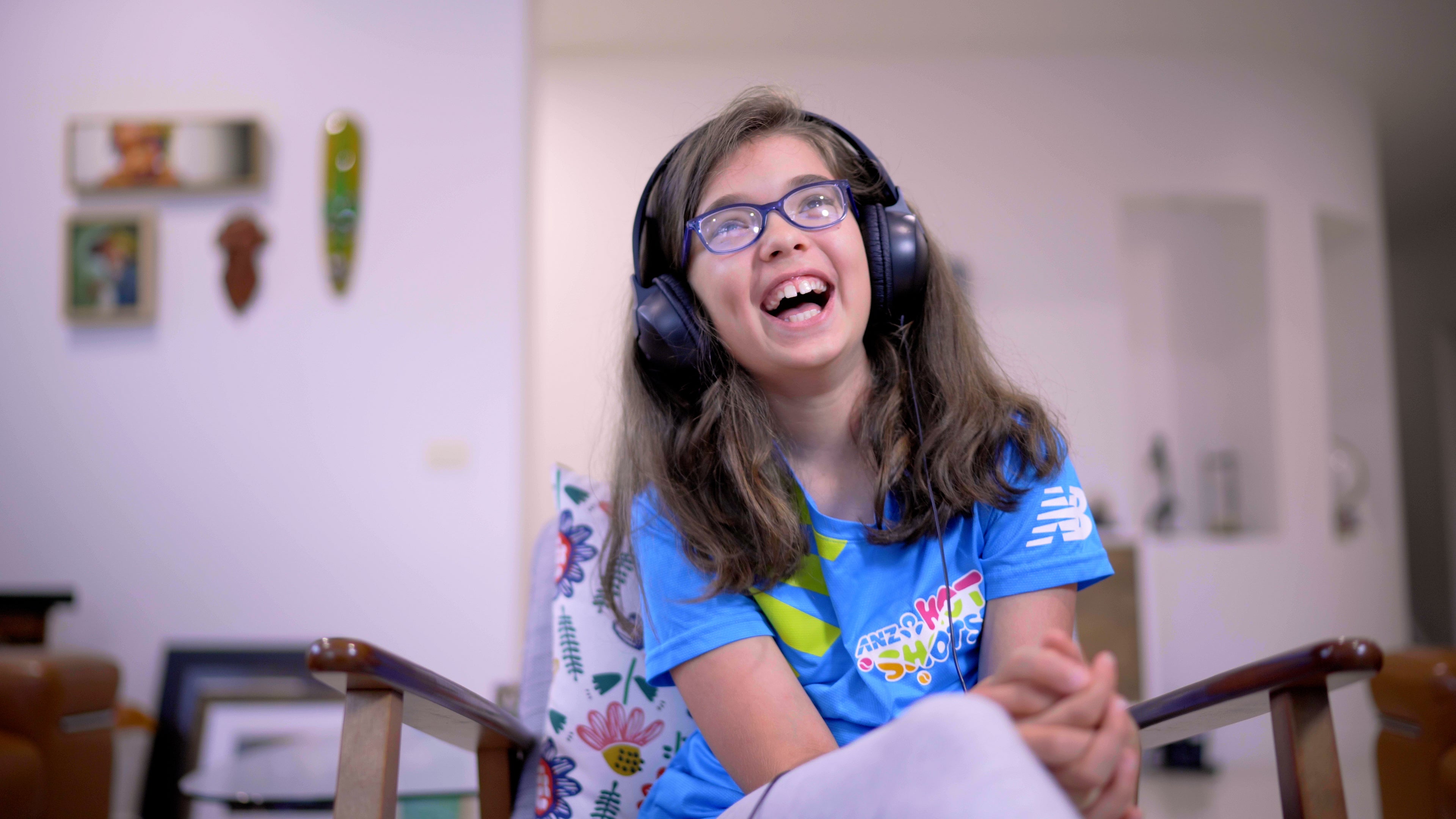Blind and low-vision fans benefiting from new technology at Australian Open
Developers hope the Action Audio system will be adopted by other grand slams.

Tennis fans who are blind or have low vision are benefiting from new technology at the Australian Open.
Action Audio was developed through a collaboration between innovation and design company AKQA, Monash University and Tennis Australia and uses data from HawkEye and spatialized audio to paint a picture of what is happening on court through sound.
It is available for all matches on Rod Laver Arena during the fortnight and talks are ongoing with the other grand slam tournaments about adopting it more widely.
AKQA’s executive innovation director Tim Devine told the PA news agency: “There’s still lots of work to do but the response has been profound. I feel like the momentum is building. Who knows what tournaments will pick it up in the next 12 months. Hopefully all the majors and then other sports as well.”
Eleven-year-old Kala Petronijevic, who has used the technology, described its impact, saying: “My dad usually has to commentate for me and he finds it tiring sometimes, because I can’t see who is serving or the ball or the points. With Action Audio, I don’t know why, but I can suddenly see the ball.”
Devine has found the response hugely gratifying and believes sport should make more of an effort to be inclusive.
“People are feeling really excited by it because it allows them to make their own opinion about what’s happening on the court,” he said. “When we think about commentary, it plays a great role, but it’s a point of view of somebody else.
“Action Audio is about giving anybody who is blind or has low vision agency in assessing what’s going on.
“We shot a short documentary this time last year and we filmed some of the people we’d done some testing with and it was really nice because one of the great realisations was a couple of them were blown away by the fact we were even considering thinking about the tennis experience of a blind or low vision person.
“I think the pandemic was a really good inspiration. Sport is a social and cultural moment. We should be trying to include as many people as possible in those moments because that’s what a good society does.”
Bookmark popover
Removed from bookmarks